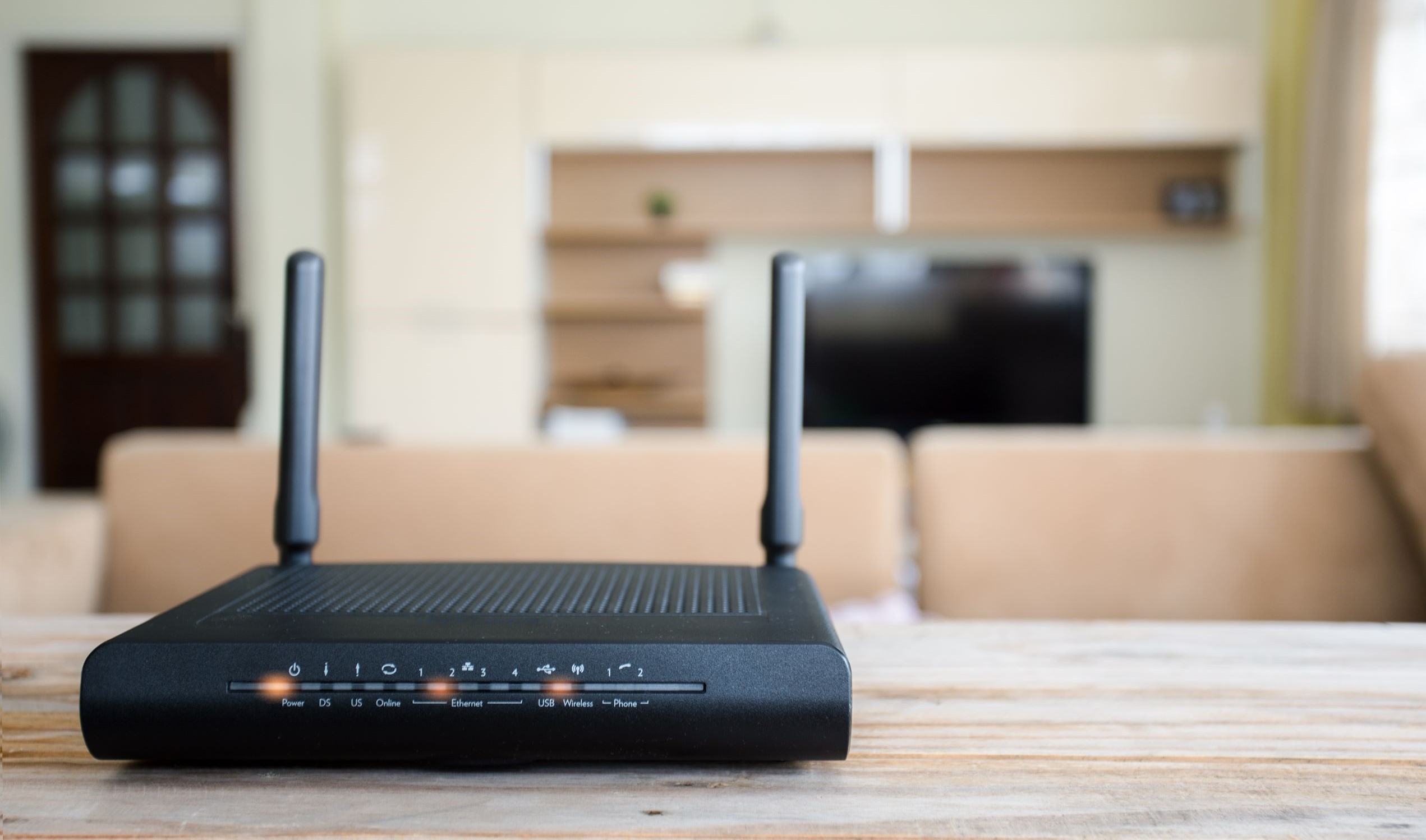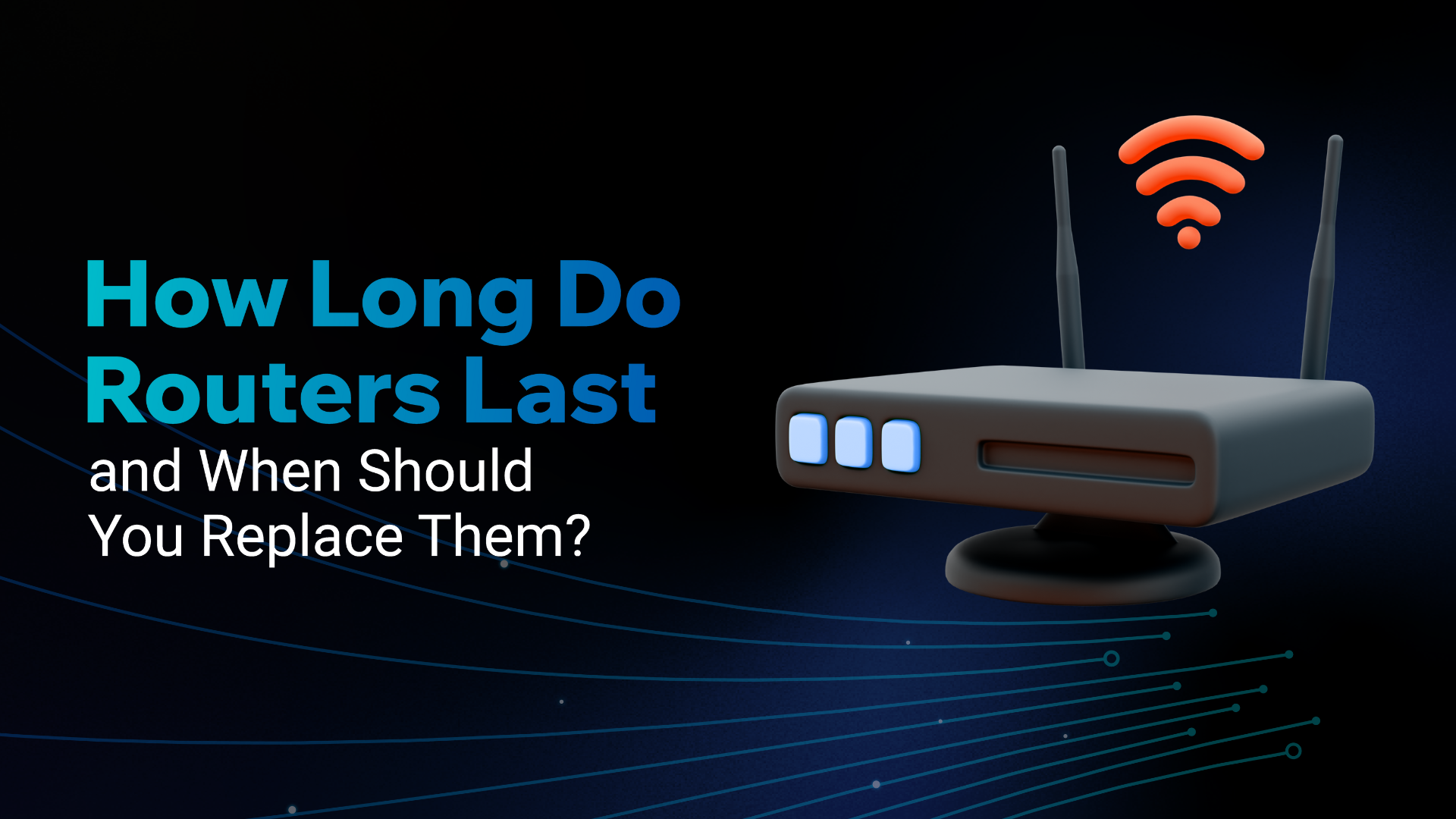Your wireless router is crucial for internet access. But, it can wear out.
So, how do you know if it’s time to replace it? Routers don’t last forever. With time, their performance can decline. You might notice slow speeds, dropped connections, or even complete outages. These issues can be frustrating, especially in today’s connected world.
So, how do you tell if your router is the problem? This blog will help you identify the signs of a failing router. We’ll look at common issues and symptoms. By the end, you’ll know if it’s time for a new device. Let’s dive in and ensure your internet stays smooth and reliable.
Slow Internet Speeds
Experiencing slow internet speeds? Your wireless router might be the culprit. Frequent disconnections, outdated hardware, or poor signal strength could indicate it’s time for a replacement.
Inconsistent Connection
Sometimes the internet works. Sometimes it doesn’t. This could mean your router is old. A new router may fix this problem. Old routers can’t handle many devices. New routers can.
Lagging Downloads
Downloads take forever. Videos keep buffering. This can be a sign. Old routers struggle with large files. They can’t keep up. A new router could help with speed. Your downloads may be faster.

Credit: news.viasat.com
Frequent Disconnections
Your internet stops working often. This can be very annoying. Walls and distance can cause this. But, an old router can also be a problem. A new router can fix this. Try to move closer to the router. If this does not help, consider a replacement.
Devices may struggle to reconnect to Wi-Fi. You may restart your router many times. This takes time and is annoying. An old router may be the cause. New routers reconnect faster. It might be time to get a new one.
Outdated Technology
Old firmware can cause many problems. Updates are essential for security. They also improve performance. Some old routers do not get updates anymore. This makes them vulnerable to attacks. New devices may struggle to connect with old firmware. Your internet speed might be slow. You might experience frequent disconnections. Using the latest firmware keeps your network safe and fast. Check your router’s website for updates.
Modern routers have many useful features. These include parental controls and guest networks. They also support faster speeds. Old routers may not have these features. This can limit your internet experience. New features can improve your home network. They can make your internet more secure. Consider a new router if you miss these features.
Overheating Problems
Routers often get warm. But a hot router is a bad sign. Touch the device gently. If it feels very hot, it might be failing. Overheating can cause slow internet and dropped connections. Make sure the router is in a cool place. Also, it should have good airflow around it.
High temperature affects router performance. Slow speeds and frequent disconnects are common. It may take longer to load websites or stream videos. You might notice lags in games or video calls. Regular overheating can damage internal parts. This can mean you need a new router soon.
Limited Range
A router with weak signal strength can cause problems. Your devices might lose connection often. This could be a sign your router is old.
Older routers can’t handle many devices at once. Newer routers have better technology. They provide stronger and more stable signals.
Dead zones are areas with no Wi-Fi signal. These zones can be very annoying. They can appear if your router is outdated.
New routers usually have better coverage. They can reach more areas in your home. If you have many dead zones, consider a new router.
Device Compatibility
New devices might face problems with old routers. Slow connections or unstable signals often happen. Check if your router supports the latest Wi-Fi standards. Modern gadgets need stronger signals and faster speeds. If your router is too old, it might not keep up.
Some routers use outdated Wi-Fi standards. Older standards can limit your device’s performance. Current devices need routers that support newer standards like Wi-Fi 5 or Wi-Fi 6. Using an old router could mean slower internet and frequent disconnections.
Led Light Indicators
LED lights on your router show important status. Error lights mean something is wrong. Red lights often show serious issues. Blinking lights can signal a problem too. No lights might mean the router is not working.
| Light Color | Meaning |
|---|---|
| Green | Everything is okay. |
| Yellow | Connectivity issues. |
| Red | Serious errors. |
| Blinking | Possible problems. |
| Off | Router may be off. |

Credit: tachus.com
Unresponsive Router
Your router may need replacing if it has no power. Check the power cable. Ensure it is plugged in securely. Try another outlet if needed. Also, look for any visible damage on the cable. A broken cable can stop the power. If the router still does not turn on, it may be broken.
A good router should reset easily. Press the reset button and wait. If nothing happens, there might be a problem. Also, try unplugging the router for a few minutes. Then plug it back in. Still no response? It may need replacing.

Credit: www.dcconnectglobal.com
Frequently Asked Questions
What Are Signs My Router Is Failing?
Frequent disconnections, slow internet speeds, and difficulty connecting are common signs of a failing router. Additionally, if the router is old or overheating, it may need replacing.
How Long Do Routers Usually Last?
Routers typically last about three to five years. After this period, technology advances and performance can degrade, making replacement beneficial.
Can A Router Affect Internet Speed?
Yes, an outdated or malfunctioning router can significantly slow down your internet speed. Upgrading to a newer model can improve performance.
Is My Router Too Old To Be Effective?
If your router is more than five years old, it may struggle to support modern devices and speeds. Consider replacing it for better connectivity.
Conclusion
Is your wireless connection slow and unreliable? Your router might be outdated. Frequent disconnections and slow speeds often signal a need for replacement. Newer models offer better performance and security. Check for firmware updates first. If that doesn’t help, consider a new router.
Upgrading can enhance your internet experience. Keep your home network running smoothly. Invest in a router that meets your needs. The change could be significant. Stay connected with ease and efficiency.
